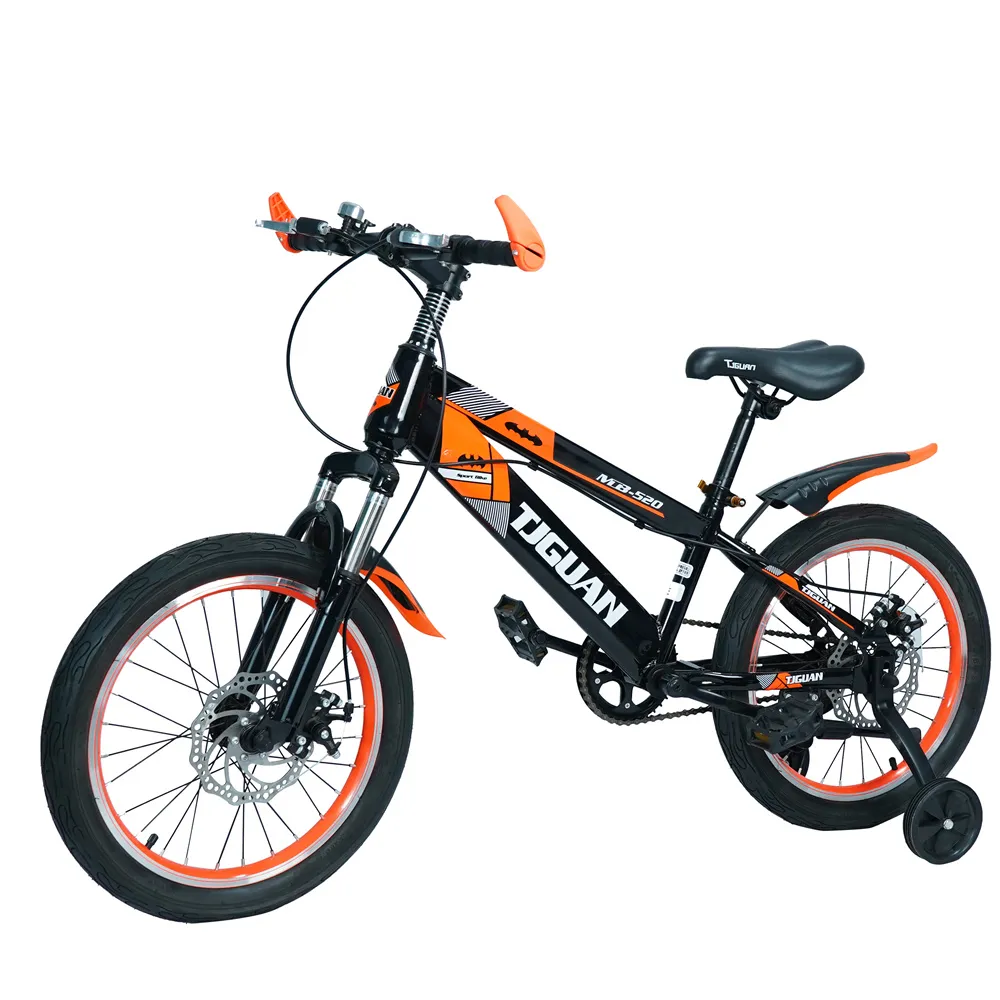kids' balance bikes
Kids' Balance Bikes The Perfect Start for Young Riders
As parents, we constantly seek ways to ensure our children have both fun and developmental experiences. One of the most enriching activities for toddlers and preschoolers is learning to ride a bike. Among the various options available, balance bikes have gained immense popularity in recent years, and for good reason. These innovative bicycles are specifically designed to help young riders develop balance, coordination, and confidence—all essential skills for lifelong cycling and physical activity.
What Are Balance Bikes?
Balance bikes, often referred to as push bikes, are two-wheeled bicycles that do not have pedals. Instead, young riders propel themselves forward by pushing off the ground with their feet. This design encourages children to focus on balance and steering without the added complexity of pedaling. Typically made from lightweight materials, balance bikes are easy for children to handle and maneuver, making them an excellent choice for kids as young as two years old.
Benefits of Balance Bikes
1. Developing Essential Skills The primary advantage of balance bikes is that they teach children how to balance on two wheels. This foundational skill is crucial for transitioning to a traditional pedal bike later on. According to studies, kids who start on balance bikes tend to master riding a pedal bike faster than those who do not.
2. Boosting Confidence Riding a bike is an empowering experience for children. Balance bikes allow kids to feel the thrill of riding independently while learning in a safe environment. The gradual progression from walking to balancing instills a sense of achievement that boosts their self-esteem.
3. Enhancing Physical Development Riding a balance bike is not only fun; it also encourages physical activity. As children scoot along, they engage their leg muscles and improve their overall coordination and motor skills. Moreover, riding outdoors promotes a healthy lifestyle and helps combat sedentary habits associated with screen time.
kids' balance bikes

4. Encouraging Social Interaction Learning to ride a balance bike can be a social experience. Children often ride together in parks or play areas, fostering friendships and teamwork. Social interactions during playtime can lead to improved communication skills and emotional intelligence.
5. Safety First Many balance bikes are designed with safety in mind. With features like a low step-through frame, adjustable seat heights, and lightweight construction, they minimize the risk of accidents. Parents can rest assured knowing their little ones are riding a bike that is appropriate for their size and skill level.
Choosing the Right Balance Bike
When selecting a balance bike, it’s important to consider several factors to ensure the right fit for your child. Here are some tips
- Size Matters Look for a bike that fits your child comfortably. They should be able to sit on the seat with their feet flat on the ground. This promotes confidence and stability. - Weight Since younger children may struggle with heavier bikes, opt for a lightweight model. This will make it easier for them to maneuver and control the bike. - Adjustability A bike with an adjustable seat height will grow with your child, providing years of use and saving you money in the long run. - Brakes While many balance bikes come without brakes, some models do feature hand brakes or foot brakes that can be useful as kids become more skilled riders.
Conclusion
In conclusion, balance bikes are a fantastic introduction to the world of cycling for young children. They help foster essential skills such as balance and coordination while promoting physical activity and social interaction. As kids scoot along on their balance bikes, they're not just having fun— they're laying the groundwork for a lifetime of healthy habits and outdoor adventures. So, if you’re considering a bicycle for your little one, look no further than the incredible world of balance bikes. The joy of riding is just a push away!
-
The Perfect Baby TricycleNewsAug.11,2025
-
Ride into Fun with Bikes for KidsNewsAug.11,2025
-
Ride into Adventure with the Perfect Kids Balance BikeNewsAug.11,2025
-
Fun and Safe Riding with the Best Childrens ScootersNewsAug.11,2025
-
Find the Perfect Childrens Bike for Your Little OneNewsAug.11,2025
-
Explore the Best Baby Tricycles for Your Little OneNewsAug.11,2025
-
Three-Wheel Light-Up Scooter Benefits for KidsNewsJul.11,2025








